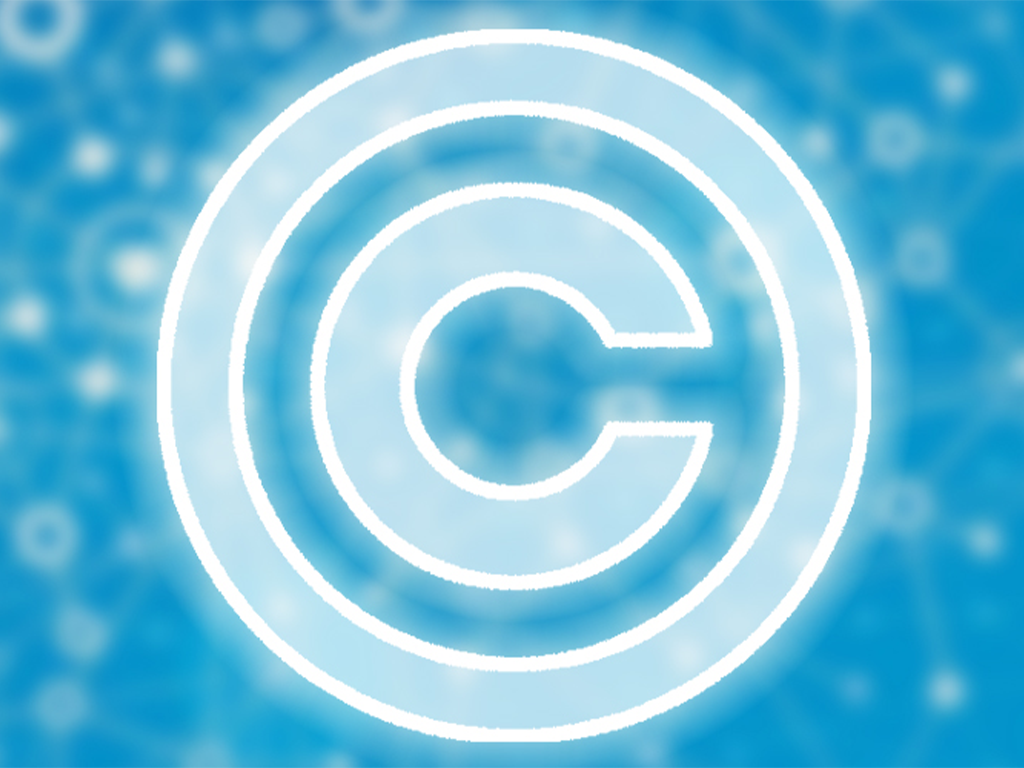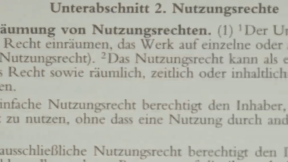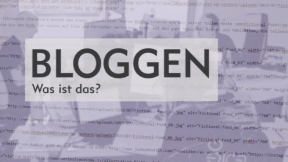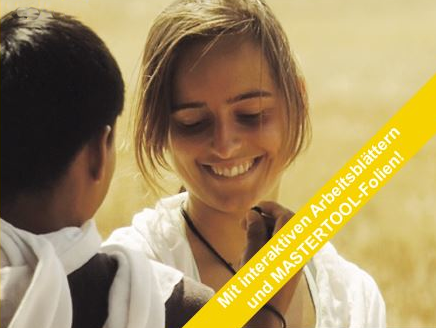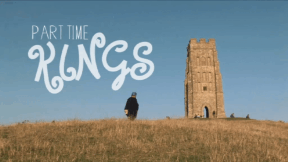 Preschool
Preschool
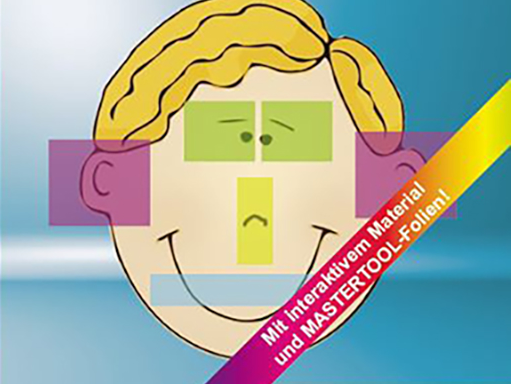

4671784 / 5561551
Discovering the World with All Senses
Seeing, Hearing, Smelling, Tasting, Feeling
Professor: “Hello, children! My name is Elfriede von Knatterberg and I’m a scientist. Perhaps we already know each other from a previous film. I’m very pleased to discover the world with you today because I’m interested in everything around me and love finding out how things work. Do you love it, too? How do we actually find out how things are made around us? We see with our eyes, feel with our skin, smell with our nose, taste with our tongue and hear with our ears. These are our senses“. With the eyes we see whether it is light or dark, whether something is multicoloured or just one colour, big, small, thick or thin. Our sense of sight also helps us to determine which way we can go without colliding with someone, where obstacles are or which place is still free.
Play trailer
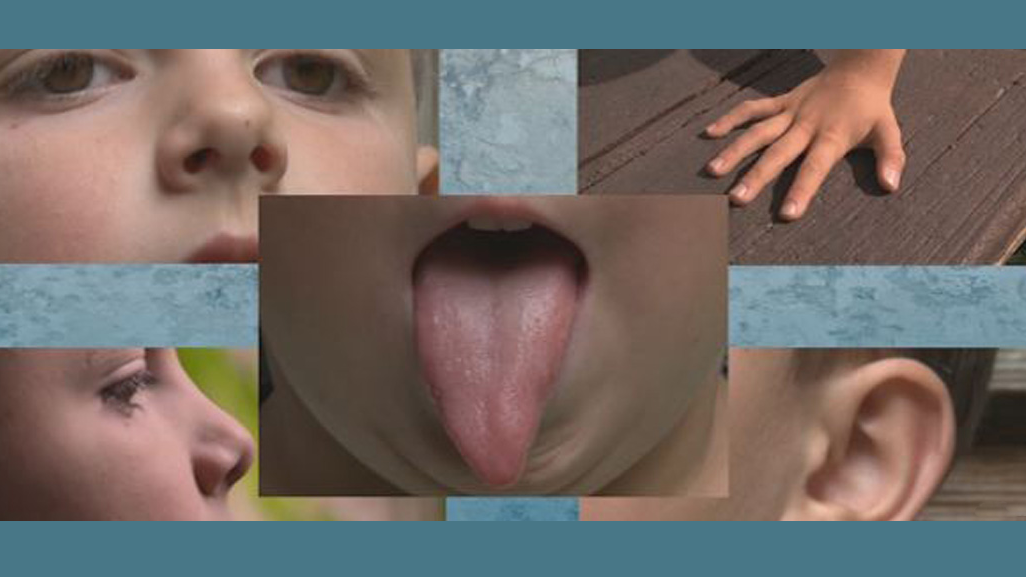
Curriculum-centred and oriented towards educational standards
Matching
Copyright
Copyright is subject to constant change to keep up with technological advances. This film enables the viewer to grasp the basic principles of this extremely intricate matter. By way of introduction, the film defines what an author is, what kinds of works there are and how long a work is protected on principle. Then the fundamental rights of an author are cited and it is shown how these are exploited in our times. In the third chapter, the respective rights are illustrated by way of practice-oriented examples of books, photos, music and films. Here, of course, an emphasis is laid on the field of education, taking into account the latest case law within the EU and Austria in particular. A further chapter highlights the problems arising with the Internet and goes into the citation law and pirate copies. All in all, in this way the viewer is made familiar with the most important basic terms and their meanings. Comprehensive worksheets and additional accompanying material invite us to deepen our knowledge of the subject.
Blogging
The weblog or blog, for short, as a medium is not much older than this century. Blogs came into being in the World Wide Web as ’messages from below’, as web pages from web creators who wanted to share their view of the world with the world. They are short notes, long texts, pictures, videos, which are posted loosely and at random intervals to the world for an undefined public.




